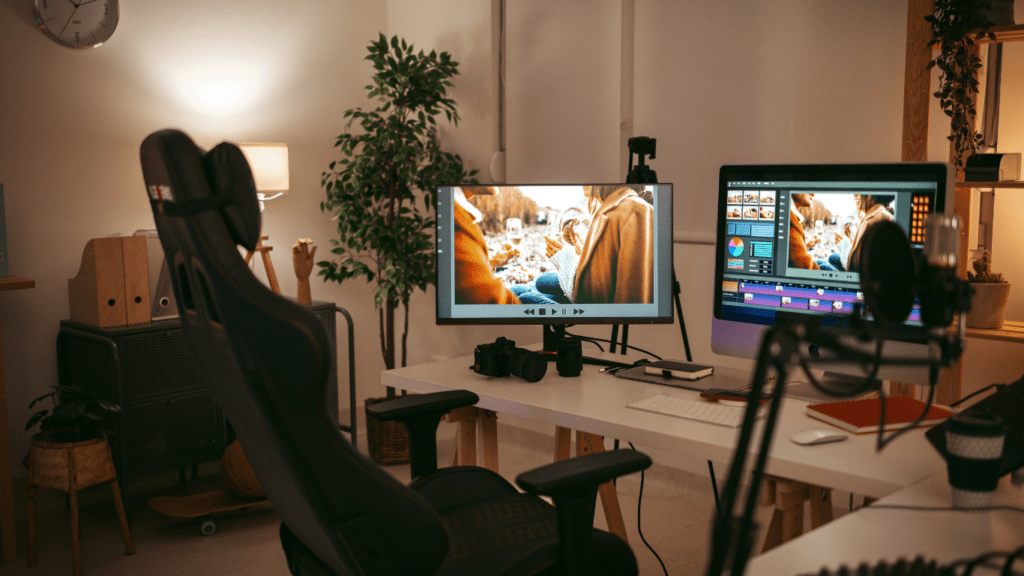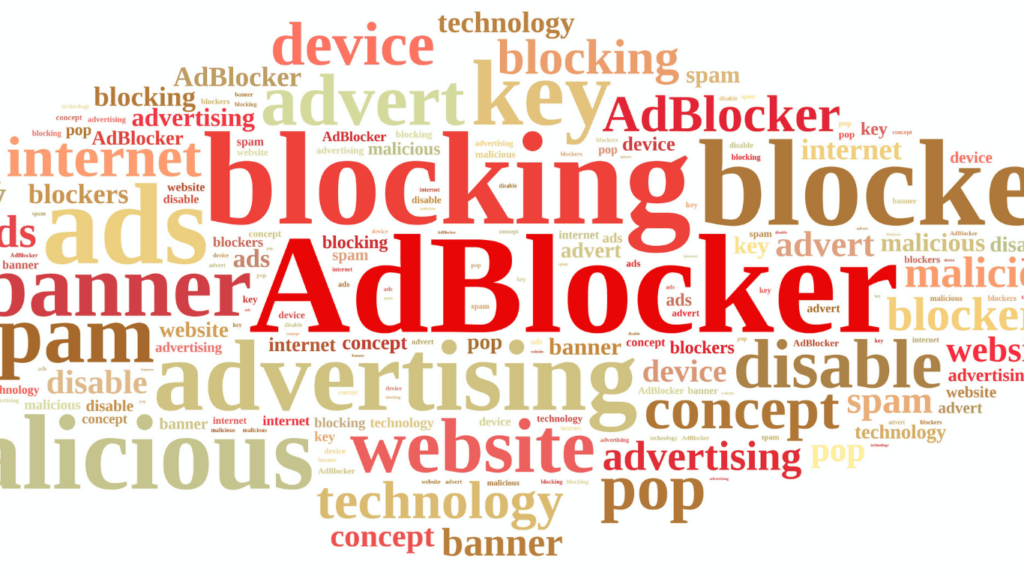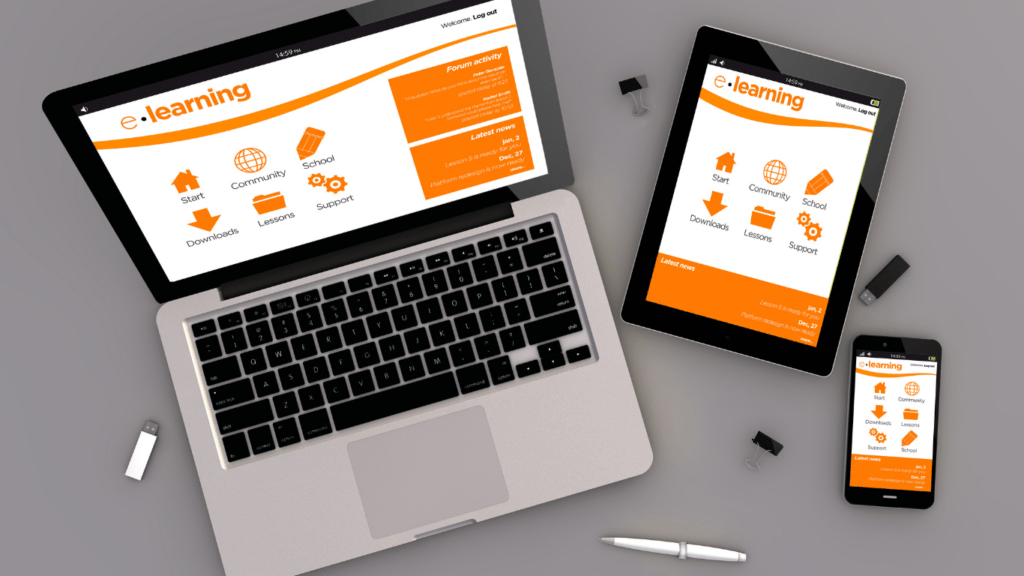Creating content that stands out isn’t just about great ideas—it’s about having the right tools to bring those ideas to life. As a content creator, I know how essential it is to capture crisp screen recordings and edit videos seamlessly. Whether you’re sharing tutorials, gaming highlights, or marketing videos, the tools you use can make or break your final product.
Why Content Creators Need Screen Recording and Video Editing Tools
Screen recording and video editing tools are indispensable for delivering polished and engaging content. These tools streamline the workflow, allowing creators to focus on producing high-quality material that meets audience expectations.
- Content Presentation: Tutorials, online courses, and gaming walkthroughs benefit from precise screen captures. Clear visuals make concepts easier to understand, enhancing viewer satisfaction.
- Enhanced Storytelling: Video editing tools help craft compelling stories by adding transitions, effects, and music. These elements keep audiences engaged and improve content’s visual appeal.
- Brand Consistency: Consistent branding across videos establishes professionalism. Tools enable creators to include intros, outros, and watermarks to maintain visual identity.
- Time Efficiency: Advanced editing features like cutting, trimming, and batch processing save time. This efficiency allows creators to publish content faster without compromising quality.
- Monetization Potential: High-quality videos attract sponsors and partnerships. Professional editing increases viewership, helping creators build and monetize their brands.
Key Features to Look for in Screen Recording and Video Editing Tools
Knowing what features to prioritize ensures you select tools that align with your content creation needs. I focus on evaluating core elements like:
- usability
- compatibility
- advanced functions
- export options
Ease of Use
Tools with intuitive interfaces save time and reduce the learning curve. Drag-and-drop functionality, accessible toolbars, and preset editing options improve efficiency. For example, Camtasia and Movavi provide user-friendly layouts suitable for beginners.
Compatibility and Format Support
Multi-platform compatibility expands usage across devices. Tools like OBS Studio support Windows, macOS, and Linux, covering diverse operating systems. Broad format support ensures files like MP4, AVI, and MKV are handled seamlessly, avoiding conversion delays.
Advanced Editing Features
Robust editing options like multi-track timelines, motion tracking, and color grading enhance creative control. Applications like Adobe Premiere Pro and Final Cut Pro excel with layered editing, professional-grade transitions, and AI-powered enhancements.
Export Options and Quality Settings
Flexible export settings allow creators to tailor output for various platforms. Tools offering configurations up to 4K resolution, optimized for platforms like YouTube and TikTok, ensure high-quality delivery. For example, Filmora simplifies resolution and bitrate adjustments, streamlining content sharing.
Best Screen Recording Tools

Screen recording tools are vital for creating tutorials, gameplay captures, and professional presentations. Below are some of the most efficient options designed to cater to diverse content creation needs.
OBS Studio
OBS Studio offers powerful screen recording features with open-source flexibility. It supports high-definition recordings and streaming with no watermark, catering to professional and casual creators. Its customizable interface allows configuring multiple scenes, audio sources, and overlays for polished outputs. OBS is compatible with Windows, macOS, and Linux, ensuring accessibility across platforms. While it provides extensive options, I recommend it for users comfortable with technical setups.
Camtasia
Camtasia simplifies screen recording and editing for creators seeking an all-in-one solution. It records screens, integrates webcam inputs, and offers drag-and-drop editing for videos. With features like annotations, cursor effects, and transitions, it’s ideal for tutorials and how-to videos. Camtasia supports multiple file formats and exports directly to platforms like YouTube. Its interface is user-friendly, making it suitable for beginners and experienced editors.
Loom
Loom focuses on quick, seamless screen recording for instant sharing. It supports recording displays, webcams, or both, making it perfect for online collaboration or updates. Loom saves videos in the cloud, providing links immediately after recording to simplify distribution. It includes viewer analytics and engagement tracking for professional use. For creators needing speed and efficiency, Loom delivers outstanding convenience.
Bandicam
Bandicam excels in capturing high-quality videos, especially for gameplay and screen demonstrations. It supports 4K UHD video recording and offers hardware acceleration for smooth performance. Bandicam also features real-time drawing tools for on-screen markup during recordings. While its editing capabilities are limited, its specialty lies in lightweight, efficient screen capturing with minimal impact on system resources.
Best Video Editing Tools
Effective video editing tools elevate content quality by enabling precise cuts, smooth transitions, and advanced effects. Here are some top choices for content creators at various skill levels.
Adobe Premiere Pro
Adobe Premiere Pro offers industry-standard features for professional video editing. I use it for multi-track timelines, advanced color grading, and seamless integration with Adobe Creative Cloud apps like After Effects and Photoshop. Its AI-powered tools, such as auto-reframe and scene edit detection, save time during editing. With support for 8K resolution and numerous export formats, it delivers high-quality results for platforms like YouTube and Vimeo.
Final Cut Pro
Final Cut Pro is a premium editing tool for macOS users, delivering professional-grade performance. It features magnetic timelines and advanced organizational tools like smart collections, simplifying complex workflows for me. Its 360-degree video editing and HDR support enhance creativity, especially for immersive projects. The optimized engine ensures fast rendering, making it an excellent choice for creators handling large-scale projects.
DaVinci Resolve
DaVinci Resolve is a free yet powerful tool combining editing, color correction, visual effects, and audio post-production. I rely on its advanced color grading features, including HDR grading and primary wheels, to refine visuals. The multi-user collaboration capabilities make it ideal for teamwork, while its Fairlight audio tools offer precise sound editing.
Filmora
Filmora is beginner-friendly software with an intuitive interface and pre-set effects. I enjoy using it for filters, overlays, and motion tracking to enhance video aesthetics quickly. Its drag-and-drop features and stock media library accelerate editing workflows. It balances simplicity and functionality, making it ideal for creators producing content for social media platforms.
Free vs Paid Tools: Which One to Choose?
Free tools offer accessibility, making them ideal for beginners or those with limited budgets. Options like OBS Studio and DaVinci Resolve (free version) include essential functionalities, such as screen recording, multi-track editing, and basic effects. These tools provide sufficient features to create quality content but may lack advanced capabilities like 4K rendering, AI integrations, or premium support.
Paid tools deliver enhanced performance and more robust features. Platforms like Adobe Premiere Pro, Final Cut Pro, and Camtasia include advanced editing tools, customizable templates, and seamless integration with third-party plugins. They cater to professionals aiming for precision, faster workflows, and high-end output.
Choosing between free and paid tools depends on the scale and purpose of the content. For foundational skills or occasional projects, free options are effective. For scalable, professional content creation requiring advanced customizations and premium support, paid versions are worth the investment.



